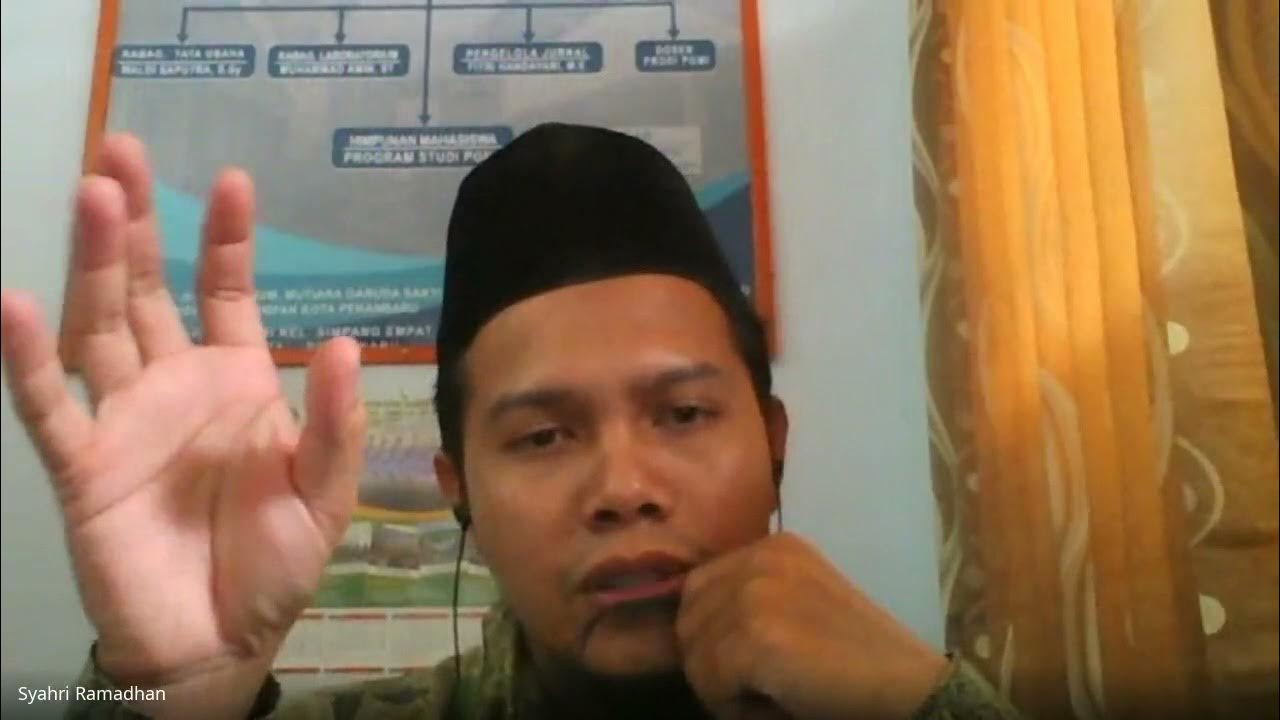Family and Community Engagement
Summary
TLDRThis video script emphasizes the importance of strong communication and cultural understanding in early childhood education. It highlights strategies for engaging families, such as flexible meeting times, multilingual resources, and recognizing individual family dynamics. The script underscores the value of involving families in their child's learning journey, ensuring a welcoming environment, and providing resources to support their child's development.
Takeaways
- 👨👩👧👦 New Parent Orientation is crucial for explaining the program and its operations to families.
- 🌳 Learning through play is emphasized, recognizing it as a child's work and a key part of the program.
- 📞 Communication with families is flexible and can occur through various means like email, phone calls, or conferences.
- 🗣️ The importance of respectful and culturally responsive communication is highlighted, with authenticity and active listening as key.
- 🌐 Cultural context is considered in the classroom to ensure children and families feel they belong.
- 👪 Staff are encouraged to be open to families' questions and concerns, reflecting on their own assumptions and communication styles.
- 🌈 Celebrating children and families' cultural backgrounds is seen as a way to build community and welcome them.
- 🏡 Families are seen as experts on their children and their input is invaluable for the child's development.
- 📅 Regular family events and parent-teacher conferences help build trust and strong relationships.
- 🏢 The program values family involvement and provides resources and opportunities for parents to engage in their child's learning.
Q & A
What is the purpose of the New Parent Orientation mentioned in the script?
-The New Parent Orientation is designed to inform families about the program's operations, including indoor and outdoor activities, emphasizing that learning occurs through play, which is considered a child's work.
How does the script highlight the importance of communication between the preschool and families?
-The script underscores the significance of communication by suggesting various methods such as emails, phone calls, one-on-one conferences, and flexible meeting times to accommodate families' schedules.
What does the script suggest about the role of cultural responsiveness in communication?
-The script emphasizes the importance of respectful and culturally responsive communication, advocating for authenticity, presence, and active listening to understand and accommodate diverse communication styles and cultural contexts.
How does the script address the flexibility required in communication with families?
-The script suggests that staff must be flexible in their communication approaches, adapting to individual family needs, which may include adjusting meeting times or finding alternative ways to connect with families outside of regular program hours.
What is the significance of involving families in the preschool program as depicted in the script?
-The script highlights that enrolling children in the program also means enrolling families, stressing the importance of building relationships with parents or caregivers and valuing their input as experts on their children.
How does the script discuss the role of families in a child's development?
-The script positions families as the most significant people in a child's life, emphasizing their role as the child's first and most important teachers, and the importance of their involvement in the child's educational journey.
What strategies does the script propose to create a welcoming environment for families?
-The script proposes various strategies such as greeting families with a smile, using multiple languages, involving families in decision-making, and creating an environment that reflects and values the family's culture and beliefs.
How does the script suggest involving families in their child's learning process?
-The script suggests involving families through regular communication, parent workshops, curriculum nights, and parent-teacher conferences, ensuring that families are informed and engaged in their child's educational progress.
What is the script's stance on the importance of family engagement in early childhood education?
-The script strongly advocates for family engagement, viewing it as a partnership where both the preschool and the family work together for the child's development, with the family's goals and expectations being integral to the educational process.
How does the script address the diversity in communication styles among families?
-The script acknowledges the diversity in communication styles, suggesting that staff should be open to different ways of communicating, including storytelling, gestures, and smiles, and be willing to modify their own communication styles to meet the needs of different families.
What does the script imply about the role of community resources in supporting families?
-The script implies that community resources play a crucial role in supporting families by providing additional services and assistance beyond the preschool's offerings, such as housing, healthcare, and other family support services.
Outlines

Этот раздел доступен только подписчикам платных тарифов. Пожалуйста, перейдите на платный тариф для доступа.
Перейти на платный тарифMindmap

Этот раздел доступен только подписчикам платных тарифов. Пожалуйста, перейдите на платный тариф для доступа.
Перейти на платный тарифKeywords

Этот раздел доступен только подписчикам платных тарифов. Пожалуйста, перейдите на платный тариф для доступа.
Перейти на платный тарифHighlights

Этот раздел доступен только подписчикам платных тарифов. Пожалуйста, перейдите на платный тариф для доступа.
Перейти на платный тарифTranscripts

Этот раздел доступен только подписчикам платных тарифов. Пожалуйста, перейдите на платный тариф для доступа.
Перейти на платный тарифПосмотреть больше похожих видео

Periodização histórico-cultural e o conceito de atividade-guia

Implikasi aspek perkembangan dalam pendidikan anak

Luncurkan Bulan Guru Nasional, Abdul Mu'ti Singgung Wajib Belajar 13 Tahun Dimulai dari TK

Building Strong Foundations: The Power of Early Childhood Education in India | #BuniyaadKalKi

Language and Literacy - Episode 4 - Early Childhood Education: Building a Better Future

RUANG LINGKUP PENGELOLAAN KEGIATAN DI LEMBAGA PAUD
5.0 / 5 (0 votes)
